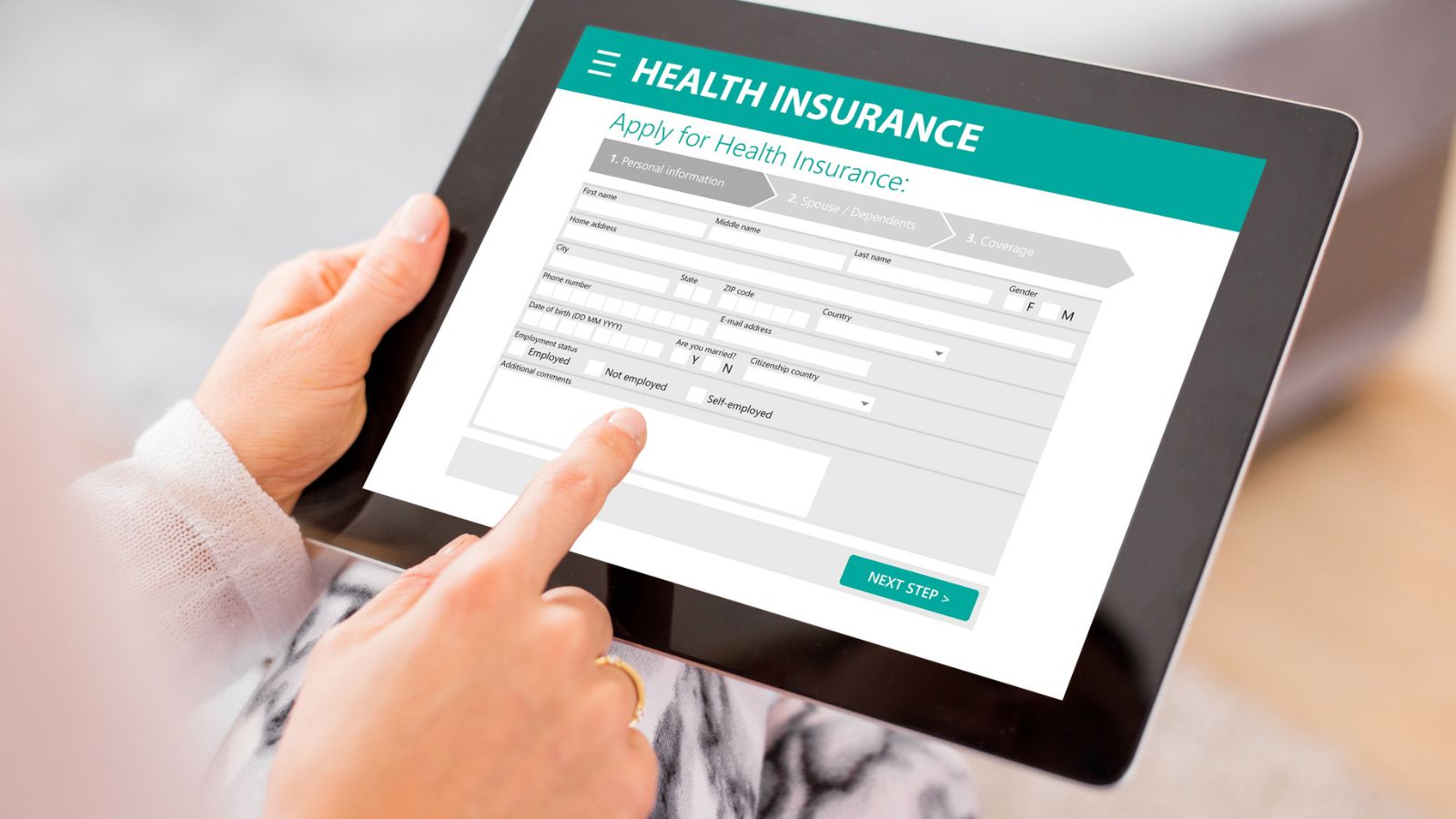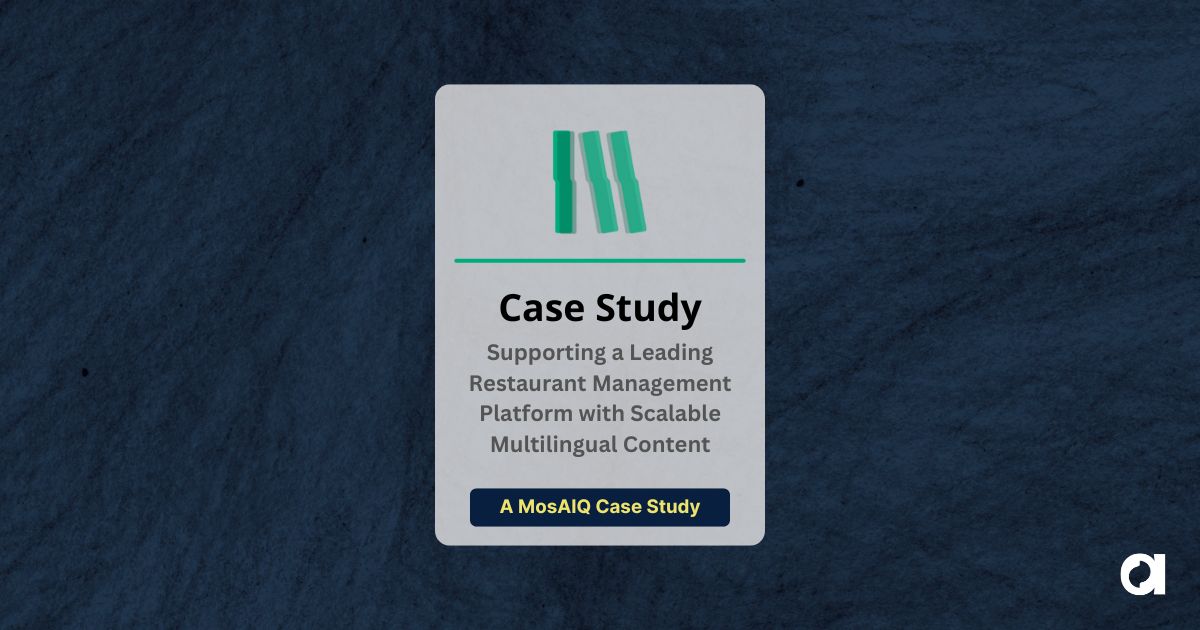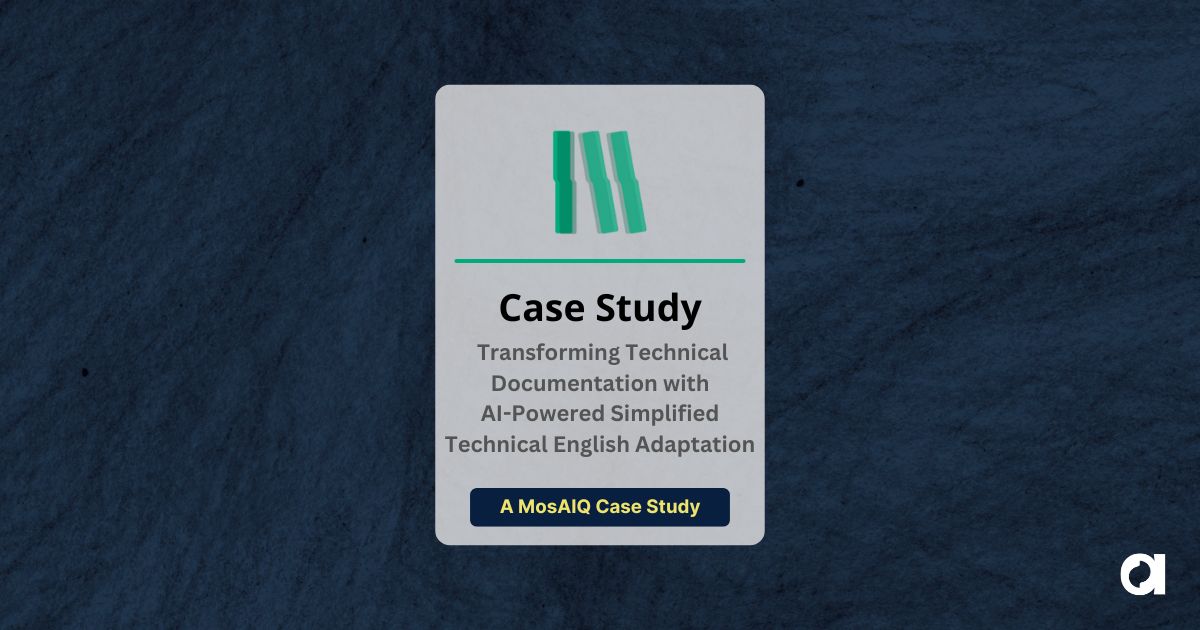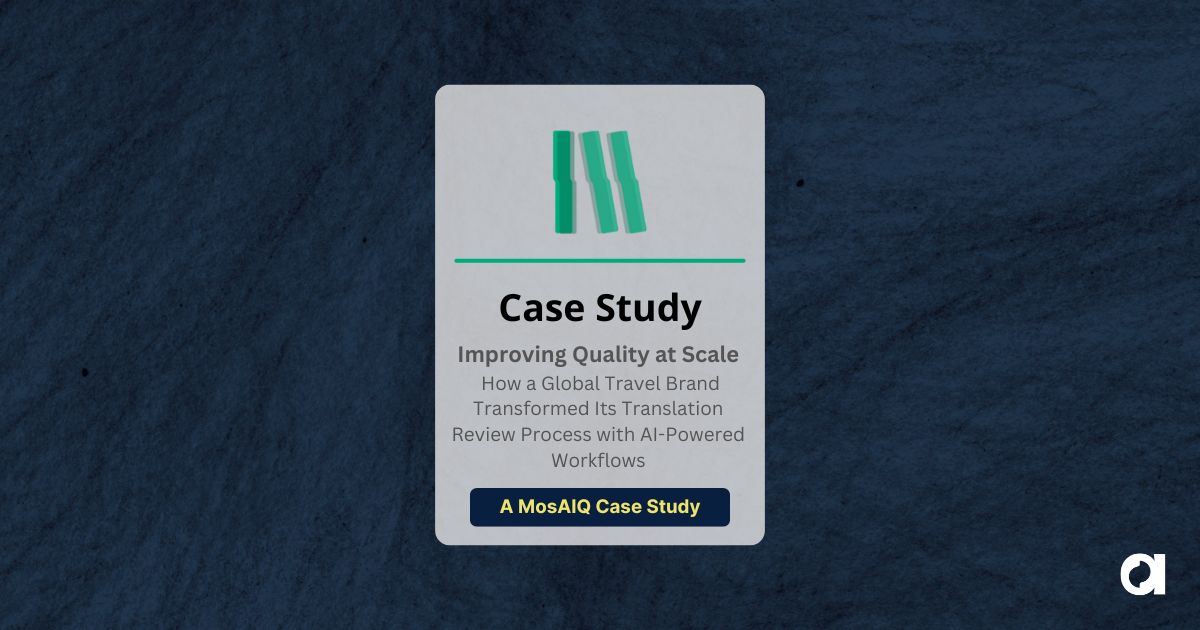For many employees, health benefits platforms are often their first stop when it’s time to review what their plan covers, how to enroll, and what’s changed since last year.
For employers serving diverse, multilingual workforces, benefits information often comes from multiple sources. Some of it is translated or localized. Some of it isn’t. One screen may offer clear plan comparisons in multiple languages, while the next presents a dense PDF in English. For some employees, this kind of inconsistency makes it harder to understand, harder to choose, and harder to act on their benefits.
That’s starting to change. More benefits navigation providers and Third-Party Administrators (TPAs) are taking a closer look at how language support can strengthen the employee benefits experience. Leslie Iburg, Director of Global Sales for Healthcare at Argos Multilingual, sees that momentum building.
“Health benefits are only valuable if people understand and use them,” she says. “More companies are recognizing that accessible communication is part of the infrastructure, not an afterthought.”
More organizations are also understanding what’s at stake. A recent report found that 62% of employees don’t fully understand their benefits package, and language access plays a major role in closing that gap.

Integrated Language Support Changes the Whole System
When language access is fully integrated into the benefits experience, it improves how the entire system works. Iburg has seen this evolution up close.
“We’ve worked with platform providers and benefits teams who have redesigned their enrollment experience from the ground up to include full in-language support,” she says. “That included multilingual portals, translated benefits guides and FAQs, and bilingual enrollment sessions.”
The results were considerable. One employer saw employee engagement rise by 30% during open enrollment. Completion rates improved across multilingual groups. Post-enrollment surveys showed a sharp increase in satisfaction, with employees specifically citing easier access to information and a stronger sense of support.
These outcomes come from practical adjustments. When employees can navigate enrollment information in their preferred language, they’re more likely to select the right plan and complete the process on time. Human resources or client support teams handle fewer questions and corrections. And benefits providers offering consistent language access gain an edge with the employers they support.
“Language support should make the entire system easier to use,” says Iburg. “That starts when it’s part of the initial design, not added at the end.”
It also signals respect. When the enrollment experience reflects the languages and needs of the workforce, employees feel seen and supported. That contributes to higher satisfaction and stronger retention.
Designing for Language Access from the Start
Effective language support depends on how content is created, stored, and delivered. When translation is treated as a final step instead of a core requirement, it introduces challenges that are hard to fix later. This plays out across everything from internal workflows to third-party platforms.
“A client will ask us to translate a PDF, but the source content came from five places, and no one’s sure which version is current,” Iburg explains. “By the time it gets to us, the process is already fractured.”
Vendors that support language access effectively build it into their content and system planning. That might mean configuring HR systems to handle multilingual display, updating content templates to support multiple formats, or coordinating across vendors to reduce duplication. When content is structured and aligned early, translation becomes part of the process, not a workaround.
“It helps when someone owns language support from the beginning,” Iburg says. “When that role is missing, things fall through the cracks. But when it’s built into the plan, the entire experience gets smoother for everyone involved.”
Some organizations are also experimenting with automation to speed up translation, but without a human reviewer, the results can miss the mark.
“Machine-translated content without review can create confusion and feel impersonal,” Iburg notes. “But when AI or MT is guided by linguists who understand the context, it helps scale quality support, especially for high-volume content like plan summaries.”

Accessibility and Format Matter Too
Language support falls short when the content it delivers is hard to access or use. Employees may get the right translation but still struggle with small font sizes, poorly formatted documents, or inaccessible PDFs. That friction makes the benefits experience harder for everyone, but especially for people who rely on assistive tools or need alternate formats.
“Some companies translate their documents but keep them in a layout that doesn’t support screen readers or mobile viewing,” Iburg notes. “That makes the content harder to navigate, even if the translation is accurate.”
Effective accessibility includes offering documents at a 6th–8th grade reading level, providing large print versions, captioned video explainers, and ensuring documents meet 508 compliance standards.
Accessibility should be part of the content planning process. This strategy might include offering documents in large print, using structured headings, or optimizing layouts for mobile devices and multilingual display. Teams may also need to check that PDFs are tagged properly or that alternative or audio formats are available through their platforms.
“When companies make accessibility part of the process, employees notice,” says Iburg. “They get the information in a layout they can use, and they don’t have to go back to HR for help every time.”
Better accessibility helps reduce support requests, improve comprehension, and build trust. It also reinforces the message that language access is a priority, not a patch.
Showing the Value of Language Access
For benefits providers, building strong language access reflects a deeper commitment to usability and inclusion. Platforms that offer in-language enrollment support, accessible content, and multilingual navigation are better equipped to serve diverse employees and meet the expectations of their employers.
Building language access into the benefits experience takes coordination, planning, and budget. For HR teams, that often means getting support from other departments and showing why it’s worth the investment. Operational improvements like fewer support tickets and higher enrollment completion can be just as persuasive as legal requirements.
Leslie Iburg has seen the outcomes change for the better when the right metrics are in place.
“When companies track outcomes by language group, it gets a lot easier to show the value,” she says. “If you can point to lower support call volumes or improved satisfaction in multilingual employee groups, that builds alignment across the organization.”
Identifying the right champions can also make a difference. In some companies, it’s compliance or DEI teams that take the lead. In others, it’s HR or benefits leaders who see the impact on employee experience. And for organizations with a strong DEI or health equity focus, language access reinforces broader goals around inclusion.
“HR isn’t the only team affected,” Leslie says. “When benefits communications fall short, the support burden often lands on IT, vendor managers, and contact centers.”
A strong internal case draws from real examples and clear outcomes. It works best when it’s part of a larger effort to make systems easier to navigate for everyone.

Ways to Get Started
For teams new to this, language support can seem like one more layer of complexity during an already busy season. But small, targeted steps often lead to the most immediate improvements. Leslie Iburg encourages HR leaders to begin with what they know best.
“You don’t have to fix everything at once,” she says. “Look at where employees are getting stuck. Start with one format, one form, one portal screen that you can make easier to use.”
Another place to start is by reviewing workforce demographics to understand language needs by location or role. Prioritize high-impact content like open enrollment guides or benefits FAQs, and track what gets requested in translation. That data helps guide your next step.
Tracking which materials are requested in multiple languages, or which questions come up most often in support calls, helps teams prioritize what needs attention and builds momentum.
Iburg also suggests looping in internal partners early.
“Talk to your IT or platform teams before open enrollment,” she says. “Ask what’s possible, even if you’re not ready to implement right away. Those conversations set you up for the next cycle.”
Consider piloting improvements with a small group and tracking results like enrollment completion or HR inquiries by language group. Even modest changes can have measurable results and build a stronger case for long-term investment.
Clear planning, even on a small scale, helps teams avoid last-minute scrambles and disconnected fixes. When language support is built into the process early, it becomes easier to manage and more valuable to the people who need it most.
Contact us to see how we support benefits platforms and HR teams with language access strategies that reduce support requests, improve enrollment outcomes, and make benefits easier to use.
 Argos Multilingual
6 min. read
Argos Multilingual
6 min. read
Scaling localization can mean expanding into new languages, increasing output to translate more content, or building systems that operate faster. It can also mean narrowing focus, reducing work in low-priority markets, or adjusting efforts to meet compliance needs. What scaling looks like depends on both the demands of the business and the resources available to […]

 Leslie Iburg
6 min. read
Leslie Iburg
6 min. read
Saying that the Annual Enrollment Period (AEP) puts pressure on health plans is an understatement. For payers, it’s a high-volume, high-pressure stretch where communication must be clear, timely, and accessible in every language and format. Benefit summaries, plan changes, enrollment forms, and coverage information all need to be translated and delivered under tight timelines, with […]











